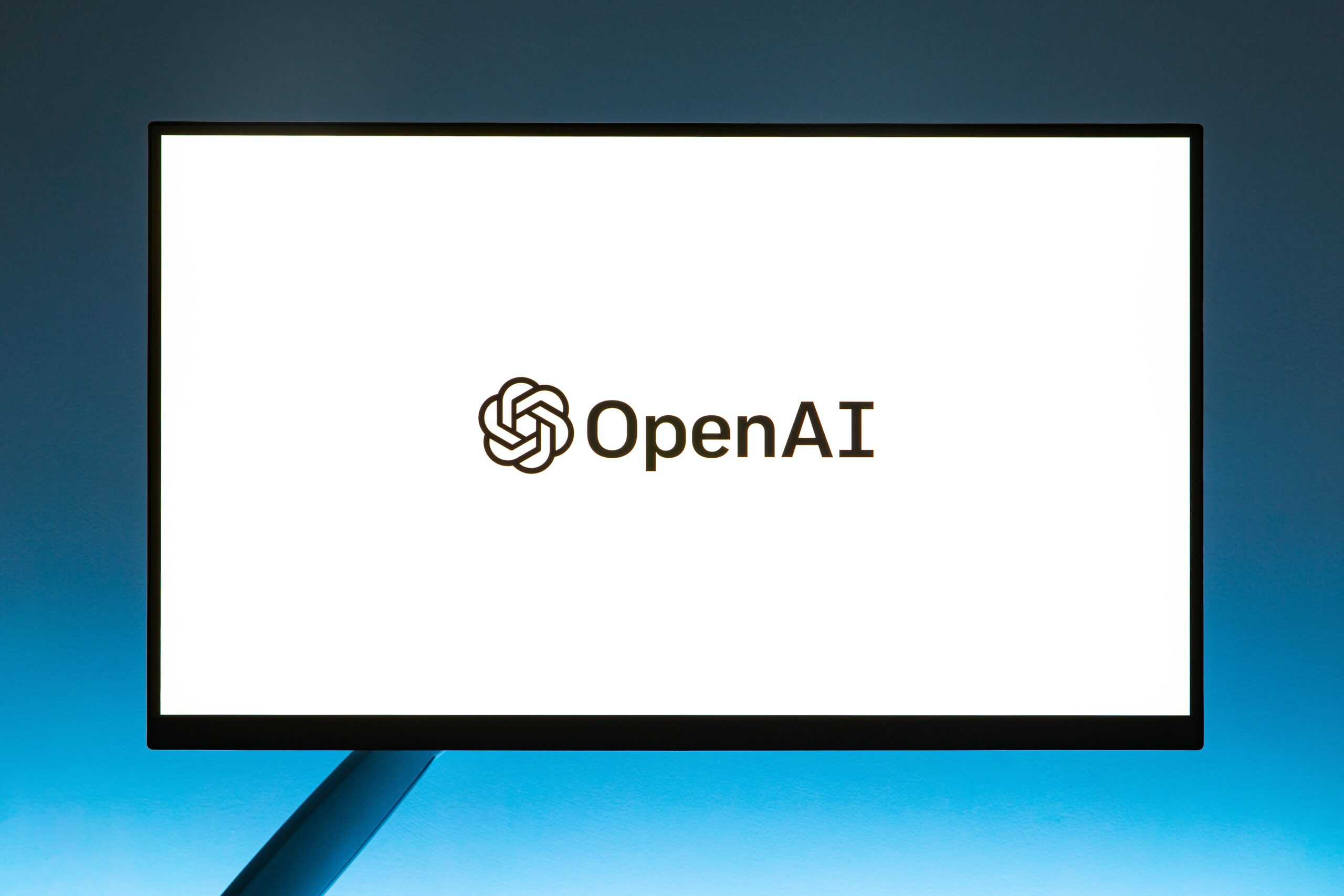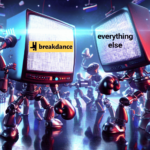Artificial intelligence abilities are advancing at a breakneck speed thanks to innovations by major AI labs like OpenAI. Now, OpenAI programs to catapult its AI developments even even more into the long term with a $51 million investment in Rain AI, a startup targeted on groundbreaking neuromorphic chip technologies.
With personalized hardware tailored to mimic neural pathways in the human brain, OpenAI could quickly smash by means of current limitations on how intelligent and responsive AI programs can be. If the collaboration pans out as planned amongst these two trailblazing businesses, new frontiers of artificial intelligence could swiftly unfold—from how seamlessly AI interfaces with on the web platforms to unlocking common intelligence exceeding human cognition.
Why Is OpenAI Paying Million?
OpenAI signed an agreement in 2019 to possibly buy $51 million in neuromorphic chips from Rain AI, and paperwork from Rain AI stated that Sam Altman had personally invested much more than $one million in the organization. The paperwork obtained by Wired also talked about OpenAI’s letter of intent as a aspect that assisted Rain AI get funding. The fund had led a $25 million fundraise announced by Rain in early 2022, which was later on forced to sell by the Joe Biden administration.
OpenAI is also explained to be launching its own artificial intelligence chip company, the purpose becoming simply because of the substantial costs and scarcity of GPU chips from Nvidia that are presently limiting AI growth. There is undoubtedly a marketplace for much more AI chips offered Nvidia can make billions of bucks promoting AI GPUs, but they cannot maintain up with demand. Their substantial costs and prolonged waitlists are hindering the market.
To give you an notion, Nvidia produced $14.five billion in data center revenue final 12 months (largely from AI chips) in just 3 months! Which is a 206% enhance. Huge businesses this kind of as Microsoft (which employs OpenAI programs) and Meta purchased over 150,000 GPUs from them. But to plainly realize why OpenAI was prepared to invest so a lot in Rain AI, we initial need to have to seem at what Rain AI is and what it truly is capable of performing.
What Is Rain AI?
Rain AI is a San Francisco-primarily based startup situated much less than a mile from OpenAI’s headquarters. They are functioning on neuromorphic processors (NPUs), which are laptop chips made to mimic facets of the neural architecture of the human brain. When in contrast to standard graphics processing units (GPUs), the purpose of these NPUs is to give much more computing electrical power and power efficiency for AI applications.
Rain claims that their NPUs could create one hundred occasions much more computing electrical power although making use of 10,000 times less energy than GPUs for the duration of AI model instruction. Rain’s neuromorphic processors aim to carry AI abilities much more in line with human cognition in terms of efficiency and overall performance by mimicking essential qualities of biological neural networks. Their brain-inspired method is what separates them from standard AI hardware in the race to construct much better AI.
How Do Neuromorphic Processors Function?
Neuromorphic processors (NPUs) are laptop chips that mimic facets of biological neural networks like individuals discovered in human brains. They operate in a different way than standard laptop processors, to give you a much better standpoint right here is how it functions:
- Input information comes into the NPU as electrical spikes, related to signals amongst neurons. This input reaches artificial synapses, fundamental computational units that connect the input and output layers.
- Each and every synapse has a bodyweight that determines the power of the connection from inputs to outputs. These synaptic weights are adjusted for the duration of instruction as the NPU learns to complete duties.
- When ample input spikes attain a synapse, the up coming neuron in the network is activated ample to fire its very own output spike, propagating the signal.
- Studying takes place by means of synaptic plasticity – the adaptation of synaptic weights across neuronal connections. This procedure enables the NPU to find out and preserve memory like a brain.
- As opposed to standard processors that execute directions sequentially, NPUs complete parallel processing across their neural network architecture, enabling more quickly processing for AI applications.
The finish consequence behaves similarly to a neural network, capable of studying duties by means of examples and environmental interaction. But this brain-inspired design and style enables effective computation although requiring much less power than standard hardware.
How Rain Chips Could Alter AI in The Long term
Rain’s initial chips depend on the RISC-V architecture, which is basically an open-supply chip blueprint backed by huge names like Google and Qualcomm. Rain is geared at edge products this kind of as smartphones, drones, and even vehicles. As an alternative of substantial information centers, these are electronic products distributed during the planet.
The essential stage is that Rain desires to produce chips capable of instruction AI versions and working them soon after deployment. Most edge chips now only concentrate on inference, which is why this would be beneficial if OpenAI desired to push AI intelligence to products rather than the cloud.
Even so, it is nevertheless becoming established how OpenAI will use Rain’s technologies. Nevertheless, possessing chips complete finish-to-finish AI from instruction to inference immediately on products would be important. It has the possible to place superior intelligence on issues like robots and self-driving vehicles and possibly modify the way we use AI totally.




